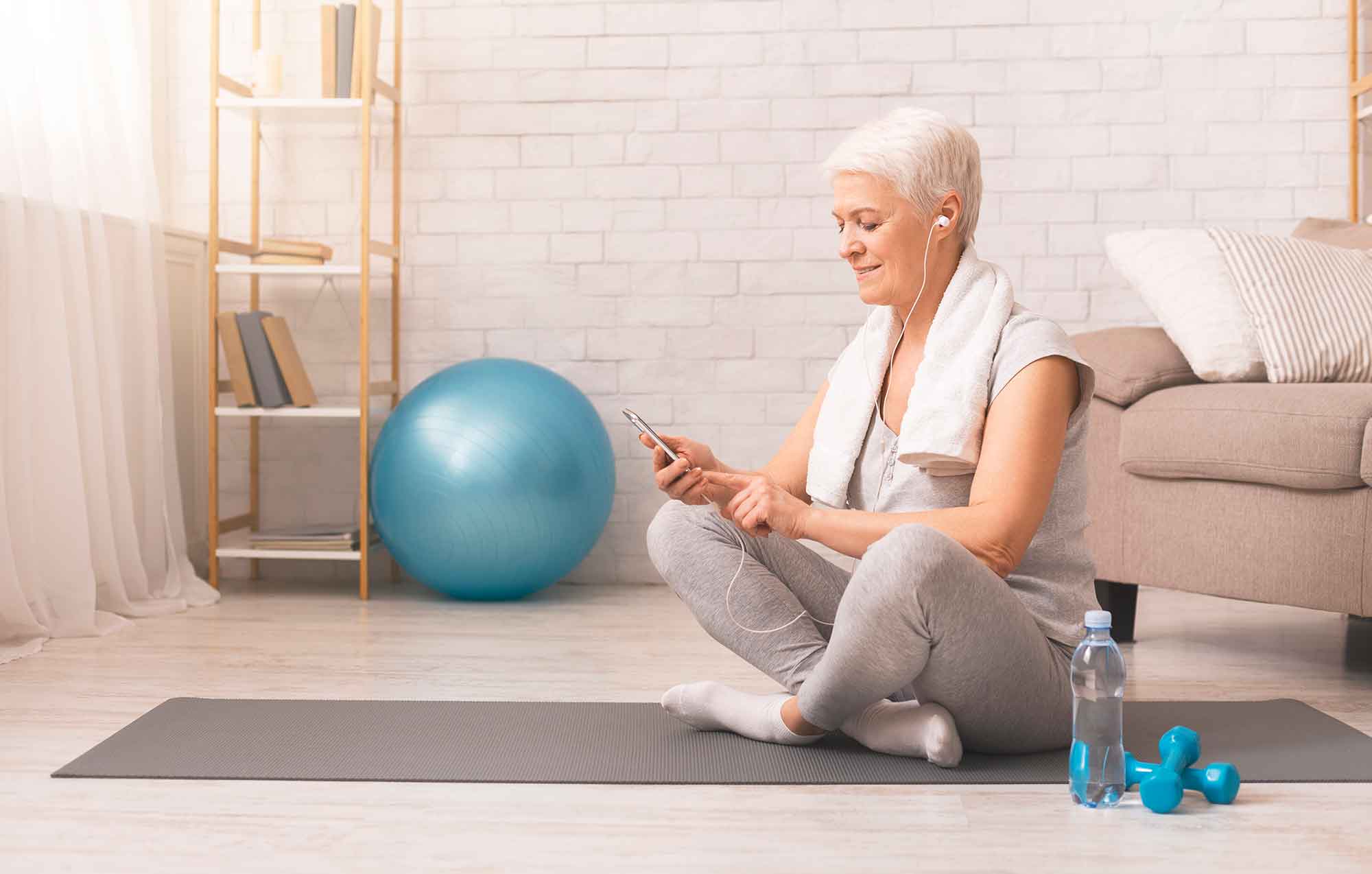Advertisement
According to various experts, mobility is the key to healthy ageing – but the truth is that holding onto it takes plenty of work. Many will agree that in order to retain mobility as you get older, you simply have to embrace it every chance you get. In other words, keep moving to stay supple, and keep motivated to keep moving.
Age and a decline in mobility: What is the link?
According to Hilde Reinholdt, a retired physiotherapist in the Western Cape, the main reason why people tend to see a decline in mobility as they age is because there is a natural decrease in bone density and muscle strength. This is simply due to wear and tear and the years taking their toll.
‘A decline in mobility, muscle strength and bone density also often results in poor proprioception, which is basically the sense of self-movement and body awareness, sometimes referred to as a human’s “sixth sense”,’ says Reinholdt.
Poor proprioception, in conjunction with reduced bone density, muscle strength and general mobility, can lead to a lack of balance. This can increase a person’s risk of falling, which is likely to negatively impact their self-confidence, and to reduce their activity levels – a vicious circle that is likely to result in further decrease of mobility and strength, etc. And round it goes.
That’s why, as we get older, we need to look at some gentle forms of exercise – although none of these is restricted to oldies. Many people start these modalities in their teens or twenties, which can set them up for a lifetime of stress-free mobility. It’s important to keep moving because, as Christopher McDougall writes in his book Born to run, ‘we don’t stop running because we get old; we get old because we stop running.’
Advertisement
Gentle approaches to maximising mobility for seniors
Reinholdt recommends that seniors undertake gentle approaches towards maximising and maintaining their mobility as early on as possible. ‘Exercise, specifically weight bearing and balance-orientated types of exercise, such as yoga, Pilates and walking – particularly on uneven surfaces, is very important. These gentle approaches to movement can have a beneficial effect on an older individual’s circulation, bone density, muscle tone and strength and, therefore, on their general mobility, health and wellbeing,’ she says.
Yoga
Yoga is a gentle, yet powerful form of exercise that focuses on improving alignment, as well as on building strength and enhancing flexibility. ‘Yoga is ideal for people of all ages, and is especially advantageous for those over the age of 40,’ comments Annamarie Wallis, a BKS Iyengar yoga teacher based in Edenvale, Johannesburg.
‘As one gets older, it is even more important to stay mobile and pain-free, and with a patient and intelligent approach to yoga, a person’s range of movement will increase, and fatigue, along with aches and pains, will be eradicated,’ she adds.
Feldenkrais
Feldenkrais is an approach to positively influencing one’s quality of life through calming, mindful movement and renewed awareness.
Feldenkrais specifically addresses mobility issues by recreating neural pathways through gentle, non-forced movements or even, if the movement is one you find particularly challenging, through imagining the movement. It is a deceptively subtle, but surprisingly powerful modality.
Qigong and Tai Chi
Qigong is an ancient Chinese technique used to bolster and nurture one’s health and wellbeing through meditation, gentle movement and controlled breathing.
Tai Chi is very similar to Qigong, especially considering that both techniques focus on harnessing the Qi/Chi (the energy that naturally flows through a person’s body) via slow and relaxed movement.
‘Qigong can be thought of as a movement you do for a certain situation, as opposed to Tai Chi form, which is a series of movements that work on the entire body in a flowing sequence. For example, Qigong can be one move that helps to open the lungs. The practitioner will repeat that specific move until he or she has felt the benefit begin to emerge,’ comments Cate Morrill, a Tai Chi and Qigong instructor.
Pilates
Pilates is particularly focused on developing core strength. It is ideal for seniors due to the fact that a number of its beneficial activities can be performed without putting too much stress on ageing joints – great news for individuals with arthritis or those who have recently undergone knee or hip surgery. Pilates is also hailed for improving body awareness, or proprioception.
Estate living and mobility
There is ample opportunity and space available in most residential estates for anyone to embrace the various approaches towards maximising and nurturing their mobility. Along with assisting in terms of healthy ageing, the creation of dedicated indoor or outdoor exercise spaces can help to provide a greater sense of community and support for senior residents, ultimately boosting the stress-relieving and social aspects of each practice. There’s nothing like greeting the sunrise doing gentle yoga or Tai Chi on a lovely green field within walking distance of your home.



